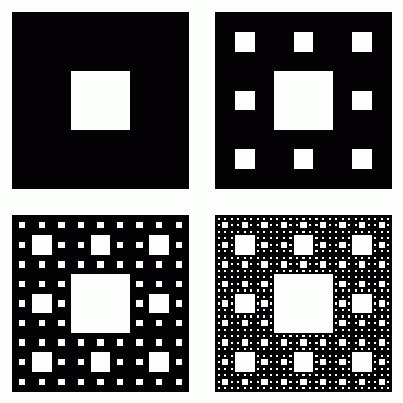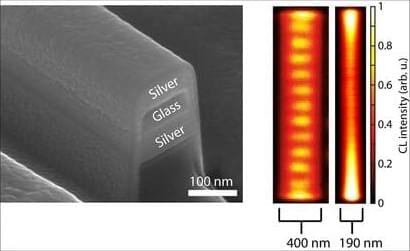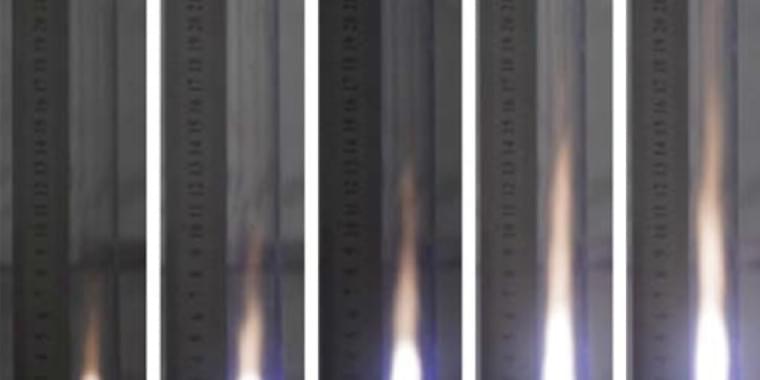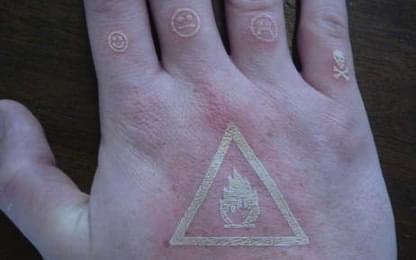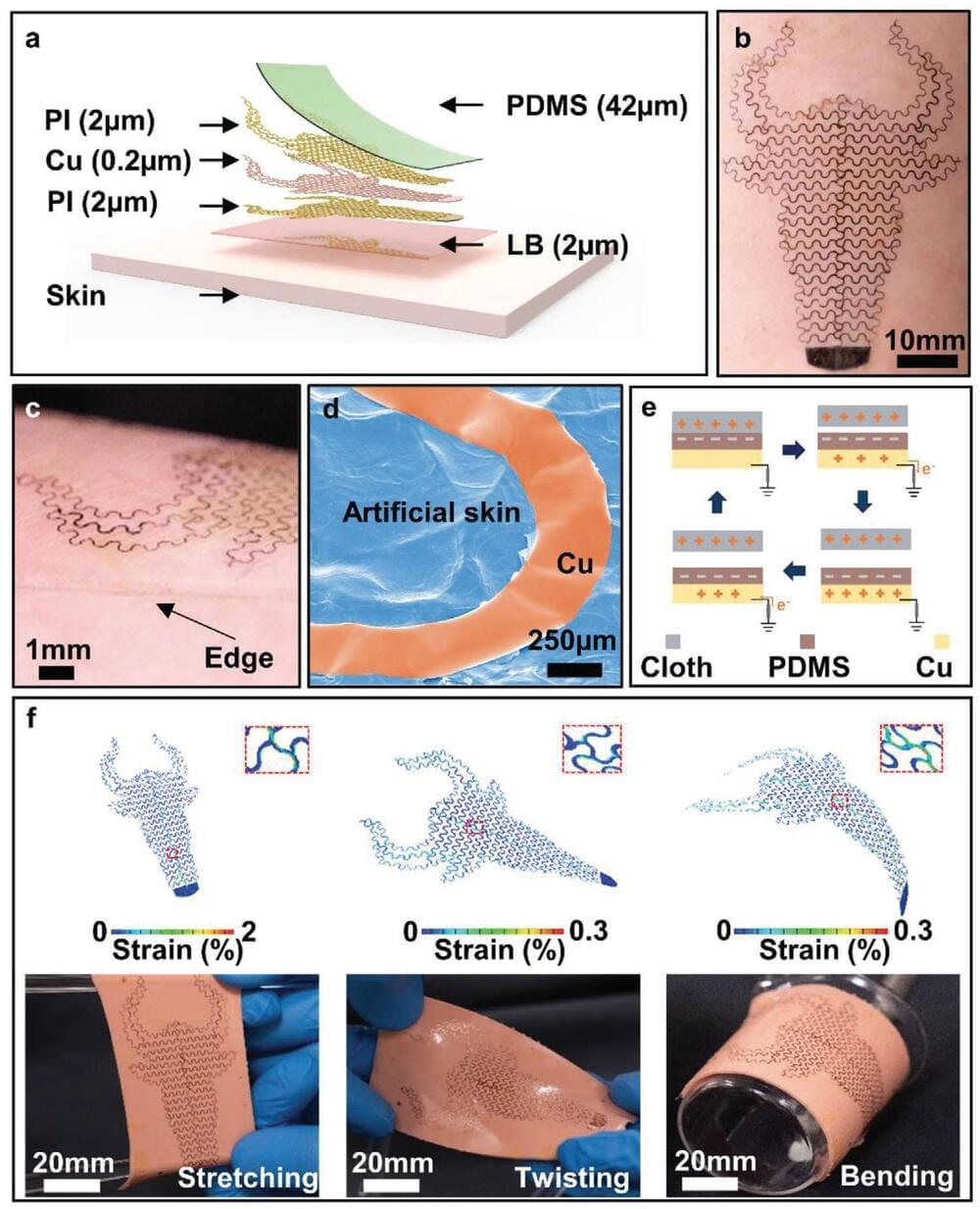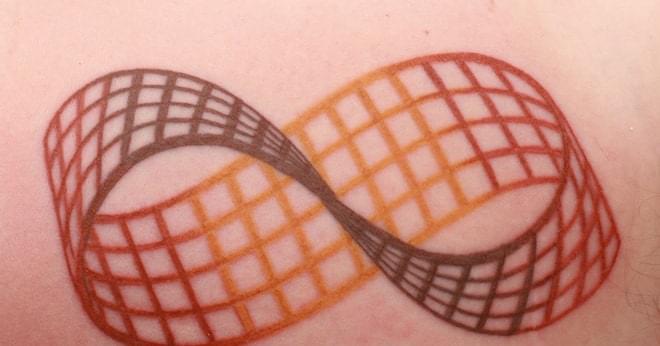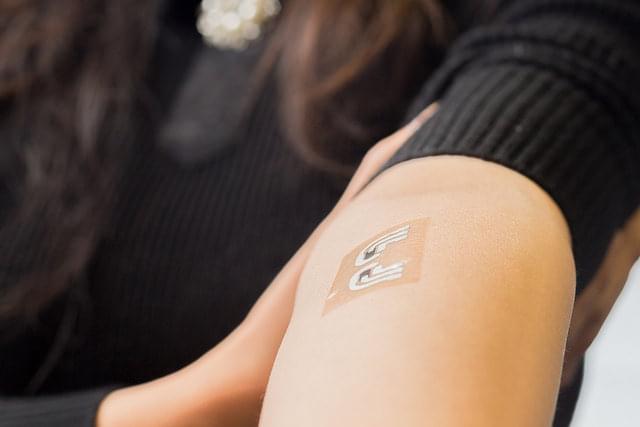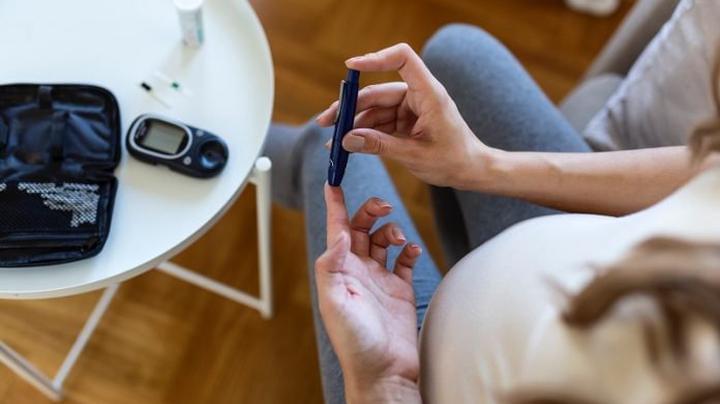Year 2012 😗
A Sierpinksi carpet is one of the more famous fractal objects in mathematics. Creating one is an iterative procedure. Start with a square, divide it into nine equal squares and remove the central one. That leaves eight squares around a central square hole. In the next iteration, repeat this process with each of the eight remaining squares and so on (see above). One interesting problem is to find the area of a Sierpinski triangle. Clearly this changes with each iteration. Assuming the original square has area equal to 1, the area after the first iteration is 8/9. After the second iteration, it is (8÷9)^2; after the third it is (8÷9)^3 and so on.
